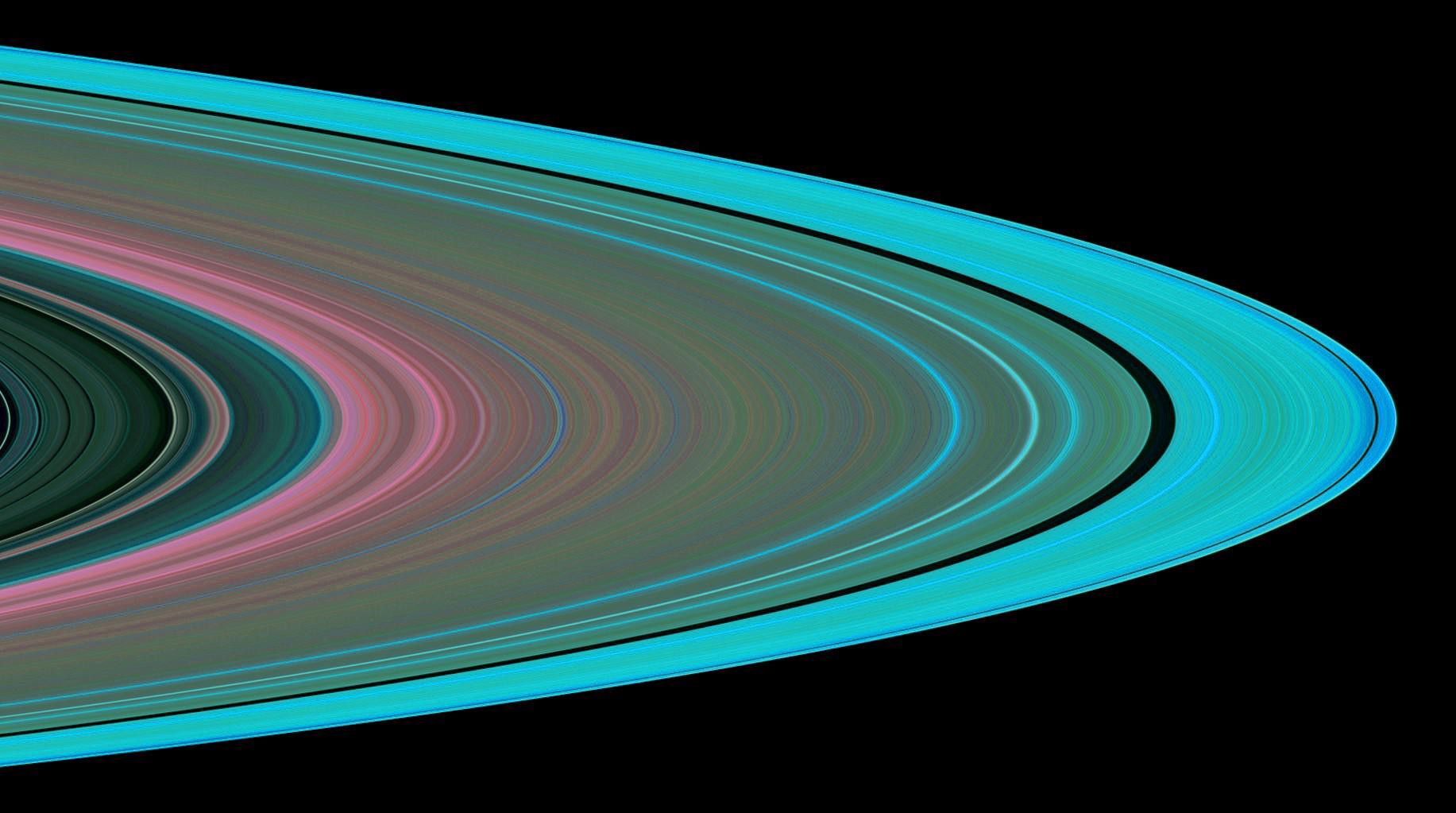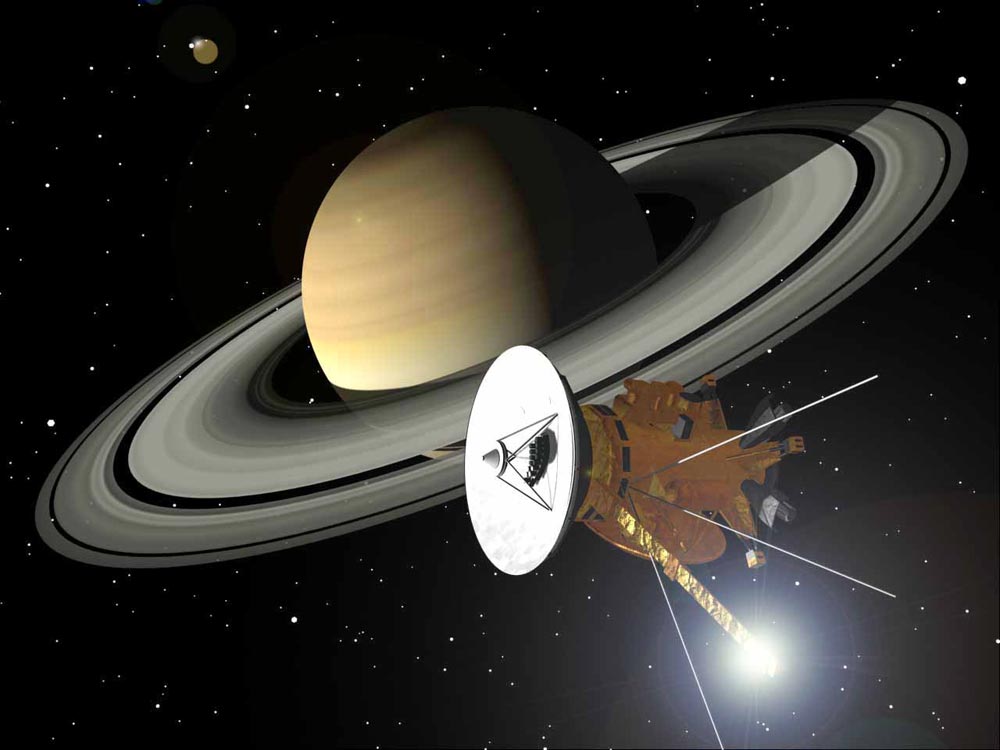NASA's Cassini spacecraft has spent the last 13 years orbiting Saturn, arguably one of the most fascinating planets in our solar system (and even more so thanks to Cassini's discoveries).
Early Friday morning, however, the mission came to an end as the spacecraft plunged into Saturn's atmosphere in a planned destruction.
NASA launched its Cassini probe aboard a Titan IV rocket on October 15, 1997. It entered Saturn's orbit on July 1, 2004, and also helped deliver the Huygens probe to Titan, one of Saturn's many moons.

The craft's original mission was to only last four years - from June 2004 to May 2008 - but NASA ultimately extended it twice. As part of its "Grand Finale," Cassini executed a number of risky passes between Saturn and its inner rings.
Mike Watkins, director of NASA's Jet Propulsion Laboratory, said that most of what we have in science textbooks about Saturn comes from Cassini. The discoveries are so compelling, he added, that we have to go back.
Spacecraft operations manager Julie Webster described Cassini as a perfect spacecraft, noting that it did exactly what it was supposed to do.
NASA elected to intentionally destroy the spacecraft rather than let it drift aimlessly in space and risk crashing into one of Saturn's moons as that might introduce biological agents the craft picked up on Earth.
Cassini lost contact with Earth at 4:55 a.m. PDT.
